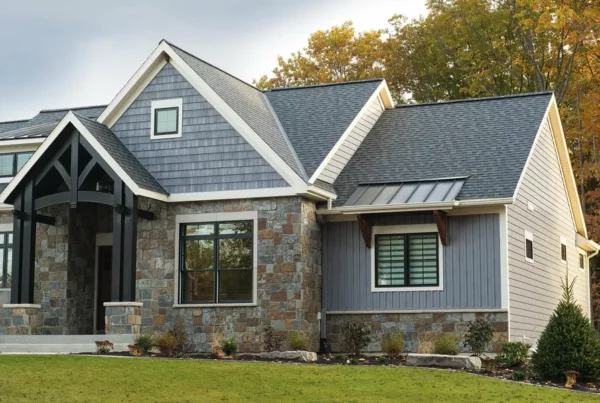Americans lifestyles have traditionally included time relaxing outdoors.
In fact, the American Home Furnishings Alliance reports that more than 70% of households already have outdoor living spaces like a deck, a patio, or a porch. And we’re looking to spend even more time outdoors, as demand for outdoor living space has grown 70% since 2013, according to the American Institute of Architects. Whether building or remodeling, homeowners today are claiming more of their outdoor space as living area.
Today’s homeowners tend to want a deck that does more than bring the outdoors in. They’re looking for a deck that blurs the lines between indoors and outdoors in a way that goes far beyond an old fashioned deck. Savvy builders are noticing that what customers are really asking for is a deck…that doesn’t look like a deck.
Floors
Conventional deck flooring is usually either pressure treated number or PVC flooring. Now homeowners are blending the indoor and outdoor zones by choosing exotic hardwood decking materials. These hardwood options have a beautiful, finished look, but do require maintenance. Some new, lower maintenance building products can also help make decks more cohesive with indoor flooring options. Products like outdoor porcelain tile or specialty composite decking that looks like high end deck board have come a long way.
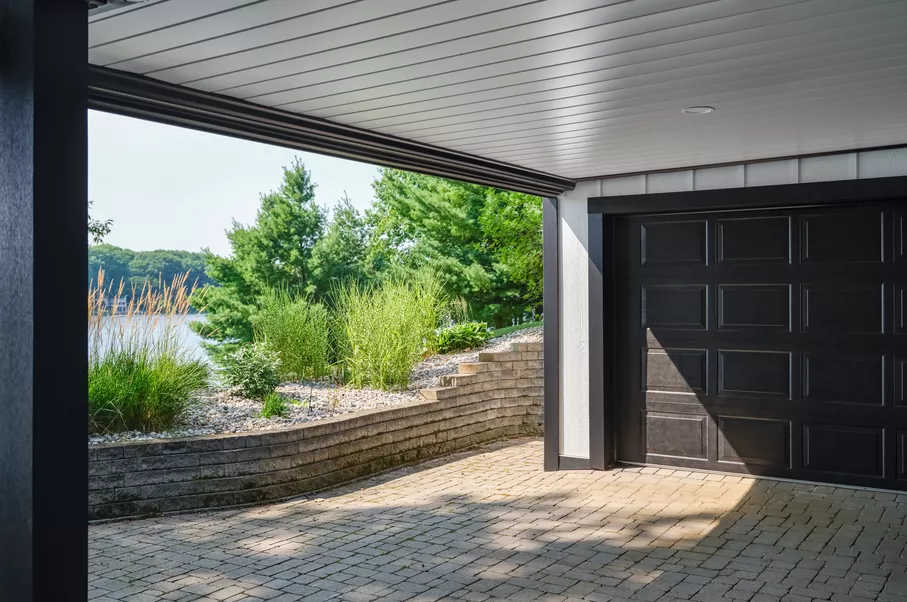
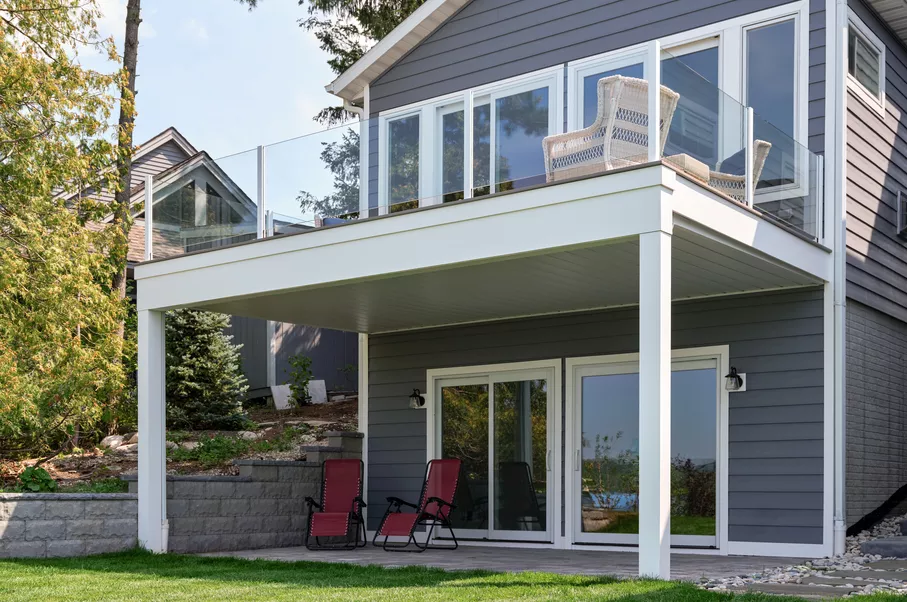
Railings
In the past, deck railings have been designed for mainly for safety, and in a style that matches the deck boards. As an unintended result, these railings often visually limit the size of the deck space to a confined area. With the latest choices in deck railing, homeowners are finding no reason to sacrifice a nice view for safety. Instead, the railing can serve as a functional frame of the deck space, and also one of the most prominent elements of visual design.
Minimalist Design
Manufacturers are responding to a demand for minimalist design with new metal railings that offer less bulk and cleaner lines. Similar to a resort hotel or urban rooftop, these simple railings maximize the view and integrate the deck with the surroundings. Thin, horizontal metal railings are perfect example of the convergence of commercial and residential design.
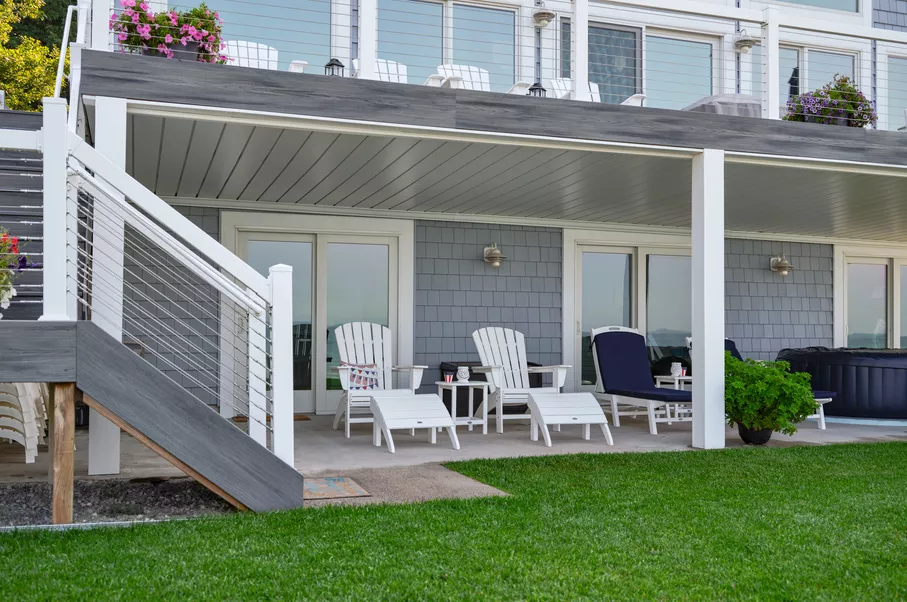
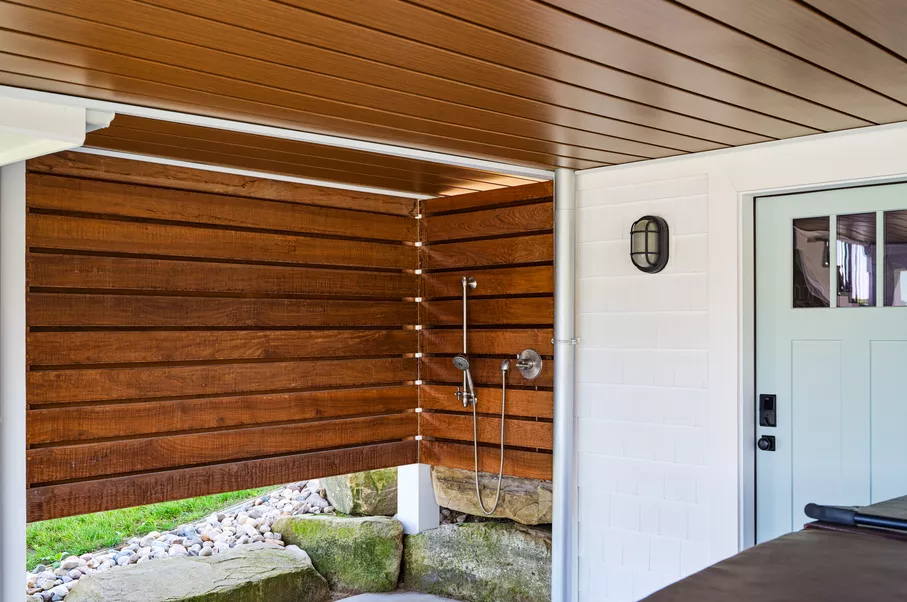
Smarter Use of Space
Idea books about creative storage space are filled with clever storage bunkbeds and under-the-stairs storage. Increasingly, homeowners are looking outside the home at ways to incorporate clever storage or living space under decks. Manufacturers are responding to this trend with products to help craft that storage or capture that additional living space outdoors. Whether it’s glass door walls or retractable screens, these products can incorporate a deck into the interior space of the home.
The Dry Zone
According to the 2021 Qualified Remodeler Magazine Outdoor Planning Guide, among the top products picks for outdoor living is underdecking, a solution that creates a protected dry zone either underneath the deck or under an overhang incorporated into the upper deck design. This system is created by finishing the ceiling with a rain guard product like Inside Out Underdecking. Underdecking has the dual benefit of creating a dry shelter from the elements as well as adding a finished look to the ceiling.
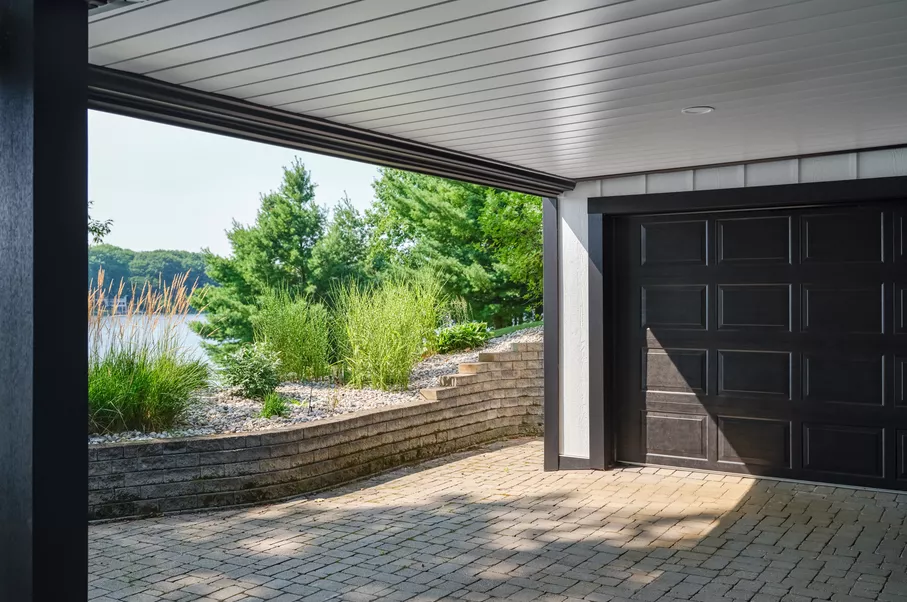
The overall goal of all these design options is to extend the home’s relaxing and entertaining spaces to the outdoors, adding usable square footage to the home. To make the outdoor space functional year-round in various climates, all kinds of products are available: shading and heating products, audio and video technology, rugs and cushy outdoor furnishings.
With modern building products, the possibilities for expanding the home to the outdoors are limited only by our space and imagination. When designing a deck, keep these new products in mind.


